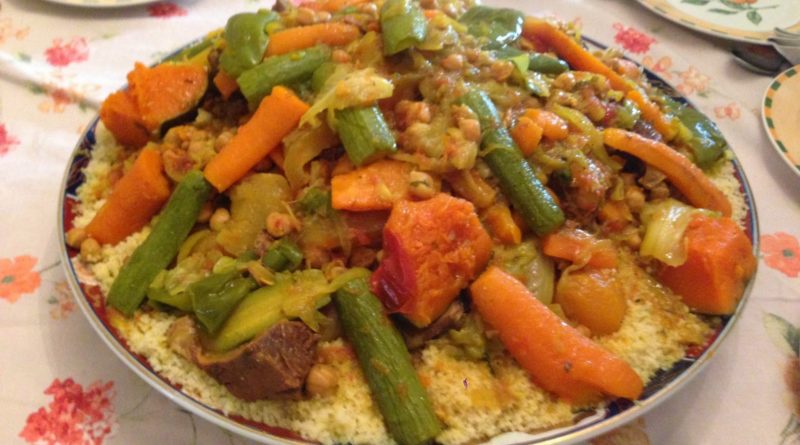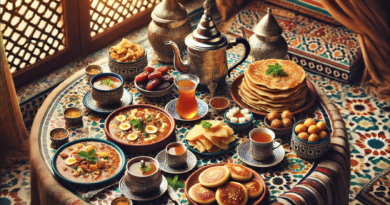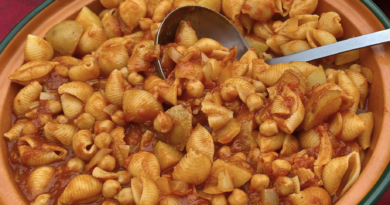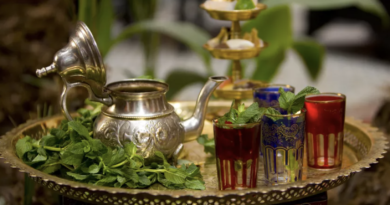Which dish added to the UNESCO heritage?
The United Nations has added, on December 17th 2020, Couscous to its “Intangible Cultural Heritage” list.
This comes after a joint petition to the UNESCO by Algeria, Morocco, Tunisia and Mauritania. Libya is understandably absent from this submission likely because of its ongoing internal problems. Four years ago, a fierce debate between Moroccans and Algerians started after Algeria submitted its own couscous nomination.
This time, it was more amicable between these two neighbors. The petition stated that “Women and men, young and old, sedentary and nomadic, from rural or urban communities or from immigrant backgrounds all identify with this element”. Adding that “the ethos of couscous is the expression of community life.”
Different names of Couscous
Couscous, Kseksu, Kuskusi, or Scissou are few names of this dish. It is prepared across the region and is a force of unity for North Africans. It is a staple food for the local diet. Although not consumed everyday and only prepared occasionally.
The UN agency released a statement reading
Traditions define us. Our differences don’t matter, we are one. The knowledge, practices and traditions related to the preparation and consumption of couscous have just been inscribed on the list of intangible heritage.
UNESCO described the application as “an example of international cooperation” and congratulated the four countries. Adding “This is an occasion to celebrate culture, to celebrate diversity and especially to celebrate all the things that unite us”.
Origin of couscous
Couscous is an ancient dish of the region. However, the first written record was in an anonymous 13th Century Andalusian cookbook. To date, most households across the region still prepare it with so much care. The dish is enjoyed by all; young and old, rich and poor.
Preparation of Couscous
Usually prepared from wheat and rolled into small grains by hand with oil and salt. Then steamed using a “Couscoussier”, a two-parts metallic with the bottom pot contains water. And the top part contains the couscous grains covered by a thin cloth to fasten the steaming.
Once fluffed up, it is served as a delicious base for braised meats and vegetables. These may include spicy stews, meat, fish or vegetables. These varieties make for a hearty and comfort meal. The most popular variant in Morocco is the 7-vegetables Couscous.



